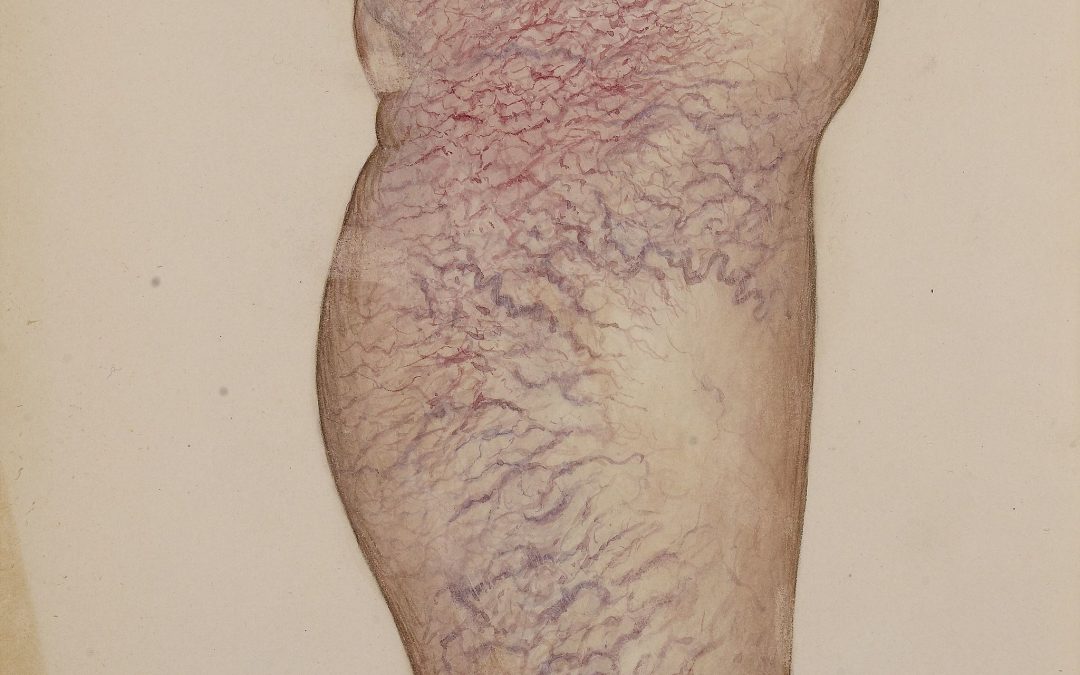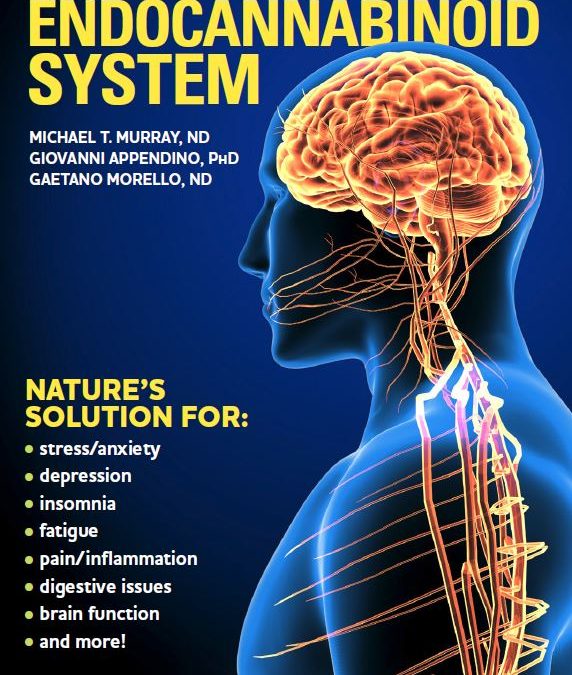
by Gill | Jun 18, 2019 | Most Popular, Most Recent, Natural Facts, Sleep Disorder
agsdi-doctor New blood markers that reflect risk for Alzheimer’s disease (AD) are uncovering important modifiable risk factors to be aware of to dramatically reduce the likelihood of ever suffering from this cruel disease. The latest study shows that just one night of...

by Gill | May 22, 2019 | Health Conditions, Most Recent, Natural Facts
Natural Support for Vein Health With summer almost here, I wanted to take the opportunity to highlight some natural treatments for varicose veins. Although they are primarily a “cosmetic” issue, vein health may represent the overall health of connective tissue and our...

by Gill | May 21, 2019 | Health Conditions, Natural Facts

by Gill | Apr 30, 2019 | Most Recent, Natural Facts, Sleep Disorder
In an “it’s about time” move, the US Food and Drug Administration (FDA) has mandated that drug companies put what is referred to as a “black boxed” warning on certain prescription sleeping pills. These drugs have long been reported to cause injury and death resulting...

by Gill | Apr 16, 2019 | Health Conditions, Most Recent, Natural Facts
Quercetin Phytosome® to Enhance Exercise Recovery and Performance Quercetin serves as the backbone structure for many flavonoids – a group of plant pigments largely responsible for the colors of many fruits and flowers. Flavonoids are also responsible for the...








